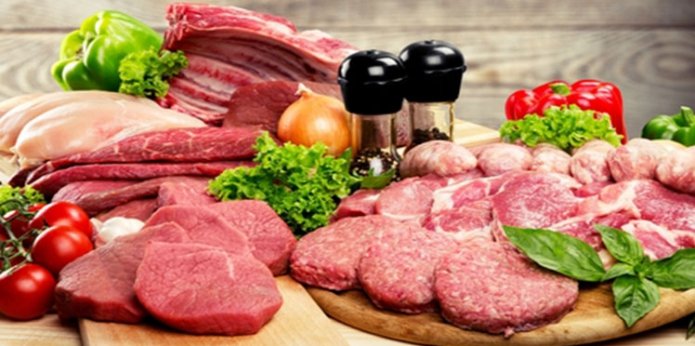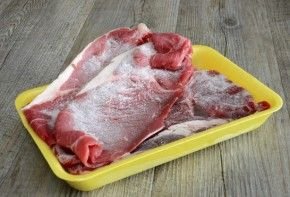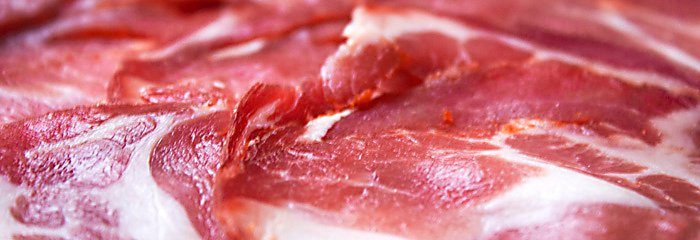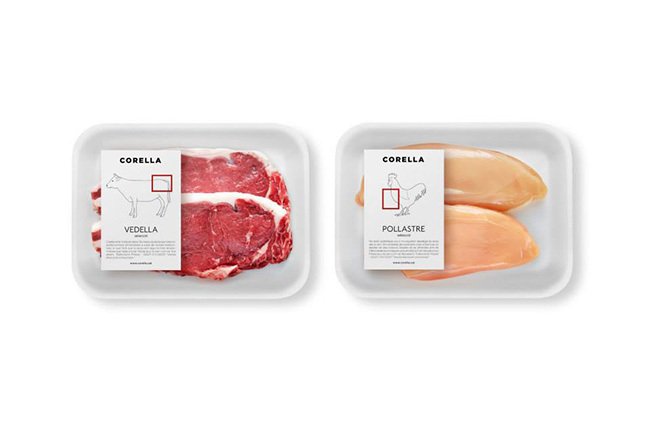
Source: http://pratolegal.com.br/os-segredos-revelados-das-carnes/
In the Food Industry, temperature is a very important factor, it should always be monitored, as well as other factors such as pH, percentage of relative humidity, Aw, among others.
In this post we will focus on the most common methods of preserving meat (pork, fish, beef, chicken, calf, buffalo, etc.):
The main reason to control the temperature of the meat is to avoid the increase of the microbial population, as many people know, on our planet there are different types of microorganisms, be they bacteria, parasites, viruses, which can affect our food, unfortunately the meat is very susceptible to biological contamination.
For many centuries mankind has sought different methods of preservation to extend the useful life of the meat, the oldest is salty, where water activity is reduced by high concentrations of salt, the cell wall of bacteria Is dehydrated, reducing the growth of microorganisms.
When the industrialization of meat arose, experts realized that not only bacteria, parasites or viruses could affect meat, but also enzymes (proteins present in the flesh naturally) small organisms capable of causing reactions not desired in the muscle of the meat, for example, bad odor and abnormal coloration, therefore, they looked for other more effective methods to preserve the meat. With the aid of the temperature decrease (-18 ° C) or increase (+ 72 ° C) the enzymatic activity stops, obtaining a positive response in the marketing of the meat.
A) Freezing decreases the activity of water by the formation of crystals, currently there are two types of freezing:
- Slow freezing ➟ The formation of large crystals breaks the fibers of the meat, and thawing releases more water than necessary.
- Quick freezing ➟ small crystals form, less water loss when thawing.
 Sourse: http://www.consumer.es/seguridad-alimentaria/sociedad-y-consumo/2016/02/11/223315.php
Sourse: http://www.consumer.es/seguridad-alimentaria/sociedad-y-consumo/2016/02/11/223315.php
B) If the temperature is increased, we would be talking about methods by heat treatment, known as pasteurization and sterilization, commonly used in sausages:
- Pasteurization➟ the thermal sensation is less than 100 ° C, where the inactivation of microorganisms is not complete and cooling is required afterwards. Ideal temperature range: 72-75 ° C, then refrigerate at 4 ° C.
- Sterilization➟ The internal temperature is greater than 100 ° C, giving a longer and stable shelf life at room temperature.
 Source: http://www.frigocolanta.com/nutricion/
Source: http://www.frigocolanta.com/nutricion/
C) Treatment by curing:
Sodium nitrite➟ active agent, achieving the antimicrobial and antioxidative action, besides generating aroma, color and flavor.
 Source: http://www.calafnuances.com/es/flavours/curados/
Source: http://www.calafnuances.com/es/flavours/curados/
D) Vacuum packing:
The main function is to avoid exposure to oxygen, at the same time reduce aerobic microorganisms from the meat and improve the appearance of the product.
 Source: https://es.linkedin.com/pulse/lo-que-debes-saber-las-ventajas-sobre-los-empacadores-eric-rivera
Source: https://es.linkedin.com/pulse/lo-que-debes-saber-las-ventajas-sobre-los-empacadores-eric-rivera
E) Modified atmosphere:
Is to replace the air (containing about 21% oxygen) by another controlled gaseous atmosphere. This form preserves the color of the fresh meat, obtaining a useful life of 10-14 days, of conventional way would be of 3-7 days.
 Source: https://www.directoalpaladar.com.mx/publicidad-y-diseno/practicos-empaques-que-ilustran-el-lugar-del-corte-de-carne
Source: https://www.directoalpaladar.com.mx/publicidad-y-diseno/practicos-empaques-que-ilustran-el-lugar-del-corte-de-carne
F) Smoked:
Considered another very old conservation method, it is obtained from the combustion of wood components, forming a mixture of 1000 gaseous compounds, liquids (penetrate the muscle) and solids (remain on the surface of the meat), has effect Antimicrobial and antioxidant, where aromas, flavors and colors are generated.
 Source: http://it.newstyle-live.com/recipes/smoked-bacon-at-home-the-best-recipes.html
Source: http://it.newstyle-live.com/recipes/smoked-bacon-at-home-the-best-recipes.html
For more information visit the following link:
Post writing: @kimcampos
http://www.fao.org/3/a-y5454e.pdf
Great writeup!
Keep sharing great content.
THanks!!@kimcampos
Thanks for reading :)
Looks delicious, kids gonna love it for sure .
@kimcampos